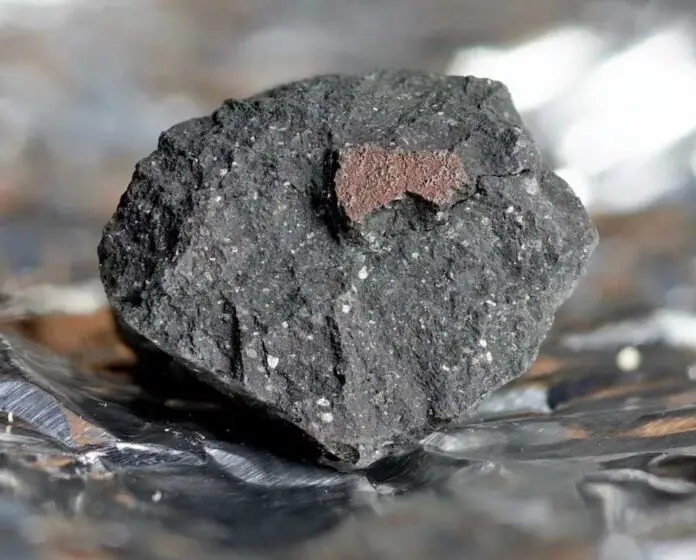Several witnesses in Scotland, Northern Ireland and some parts of northern England reported seeing a fireball zoom across the sky in late September.
A doctoral student at the University of Glasgow, who is also a member of the UK Fireball Alliance, said it was unclear, at first, what the fireball was – a meteor? Space debris?
Several videos were posted on social media showing the amazing sighting. It was visible in the sky for 20 seconds, which is considered long for a meteor. Some say it broke up in the sky, suggesting it was a space rock, not a meteor.
O’Brien said in some ways the fireball was like a meteor and in other ways like a space rock. The UK Fireball Alliance processed the footage and worked on the fireball’s trajectory. Even though people could only guess what it was, it was a fantastic experience.
O’Brien said that most fireballs are visible for only a few seconds. One example is a meteorite that hit a driveway in Winchcombe, Gloucestershire, Central England in 2021 and fell through the sky for seven seconds. The London Natural History Museum reported that the rock weighed 10.6 ounces and was the first meteorite to be found in the UK in over 30 years. It was also the first known carbonaceous chondrite ever found in the country. Scientific meteorite analysis indicated that the object fell from the outer region of the main asteroid belt between Jupiter and Mars.
The new exciting fireball seen in September was sighted at 10 pm local time. O’Brien said that because it was relatively early and the sky was already dark, it was easy for many people to see it, even witnesses in city areas like Glasgow. Many people who were lucky enough to see it recorded and shared videos from their phones and door cameras on Twitter, YouTube, TikTok, and other social media sites.
The founder of the UK Meteor Observation Network, Richard Kacerek, said that the network’s initial assessment was that it was a piece of space debris, perhaps coming from Elon Musk’s Starlink satellite program. He said that from the videos shared, the fireball seemed to be moving slower than a meteor. The idea that it was debris coming from Elon Musk’s satellite was later rejected.
The president of the International Meteor Organization, Cis Verbeeck, said that the organization had received close to 1,000 reports of the fireball sighting on its website. He said the organization’s scientists had used the information submitted to compile a possible fireball trajectory.
The possible trajectory compiled suggested that the fireball had passed over the North Channel, which separates Northern Ireland and Scotland, and ended its journey on an island off the west coast of Scotland called Islay. A tweet by Charles Lister suggested the same.
After analyzing the data, the UK Meteor Network determined the sighting was a meteor. John Maclean, an astronomer at the network, said: “We’ve analyzed it from many more angles. It is definitely a meteor. Probably a small piece of an asteroid that’s broken off an asteroid. It came in at an asteroidal orbit.”
The final verdict? A meteor.

